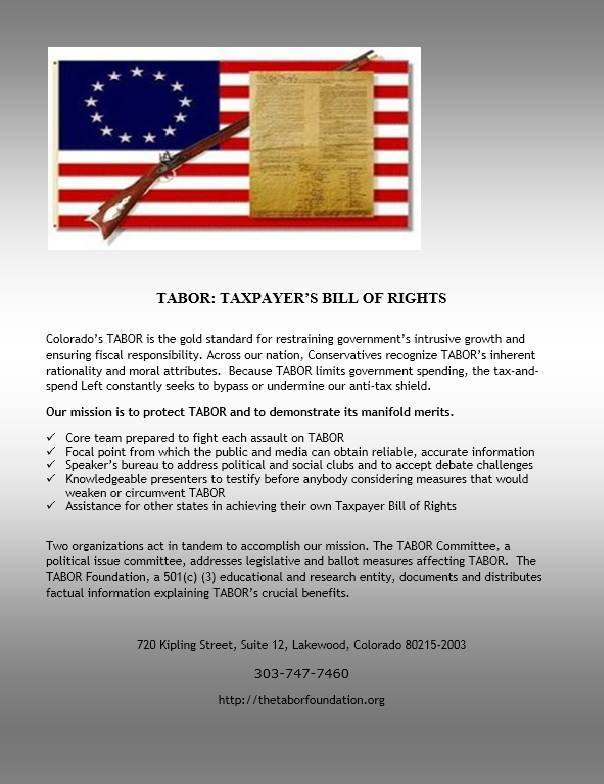Colorado is preparing to issue rebates to taxpayers for the first time in nearly 15 years.
The latest economic forecasts released Wednesday indicate the state will exceed its constitutional limit on tax collections by between $70 million and $220 million this fiscal year, triggering refunds under the Taxpayer’s Bill of Rights.
How much taxpayers will see when they file their 2015 taxes in April 2016 remains unclear, but the amount is expected to be modest.
The refunds will range from $15 to $89 per taxpayer based on income level, with the lowest-income earners possibly receiving an additional $230 break.
To read the rest of this article, click the following link:
http://www.denverpost.com/news/ci_27739330/rebounding-economy-boosts-tax-revenues-triggers-tabor-refunds



